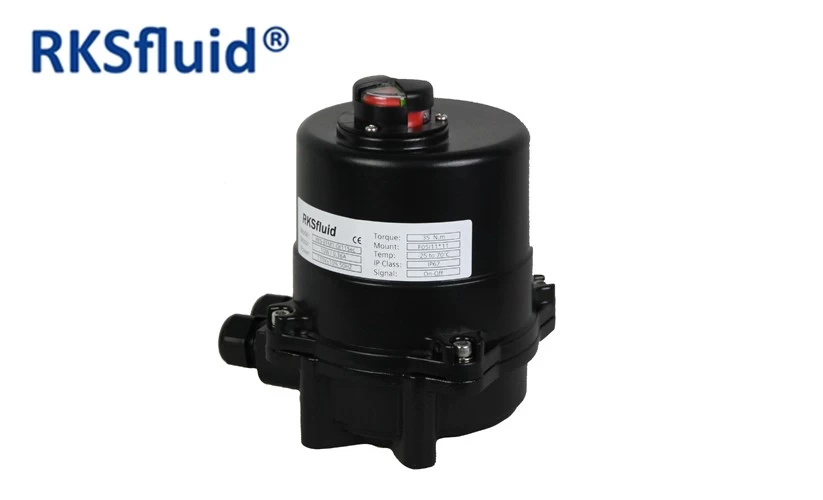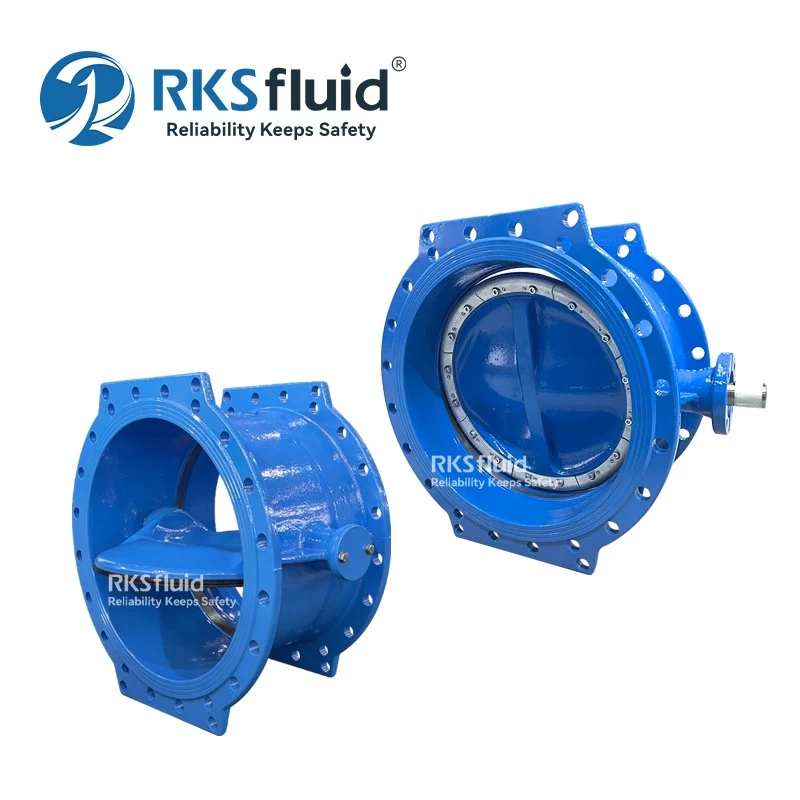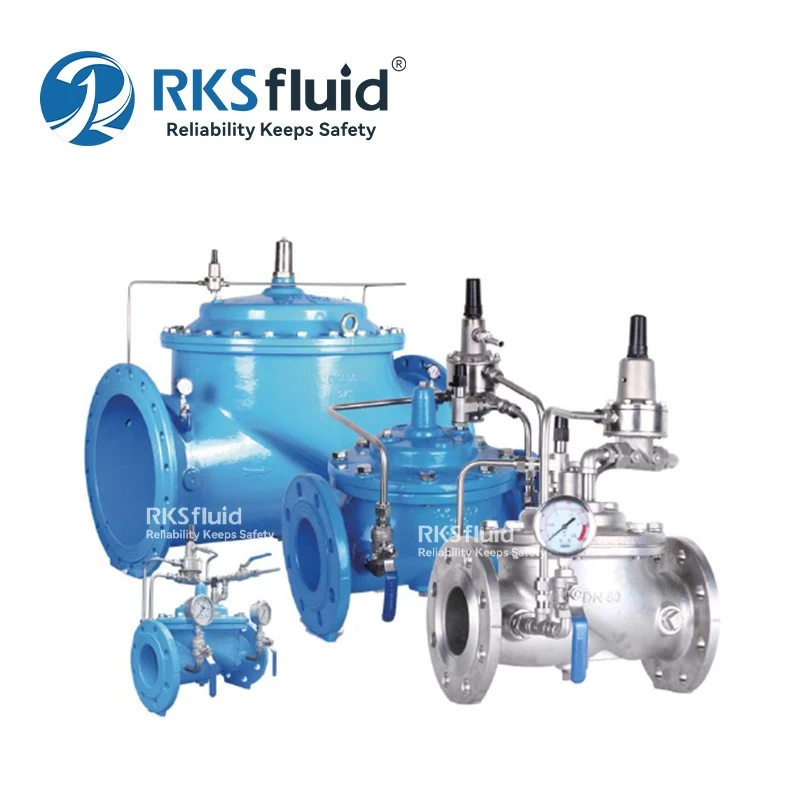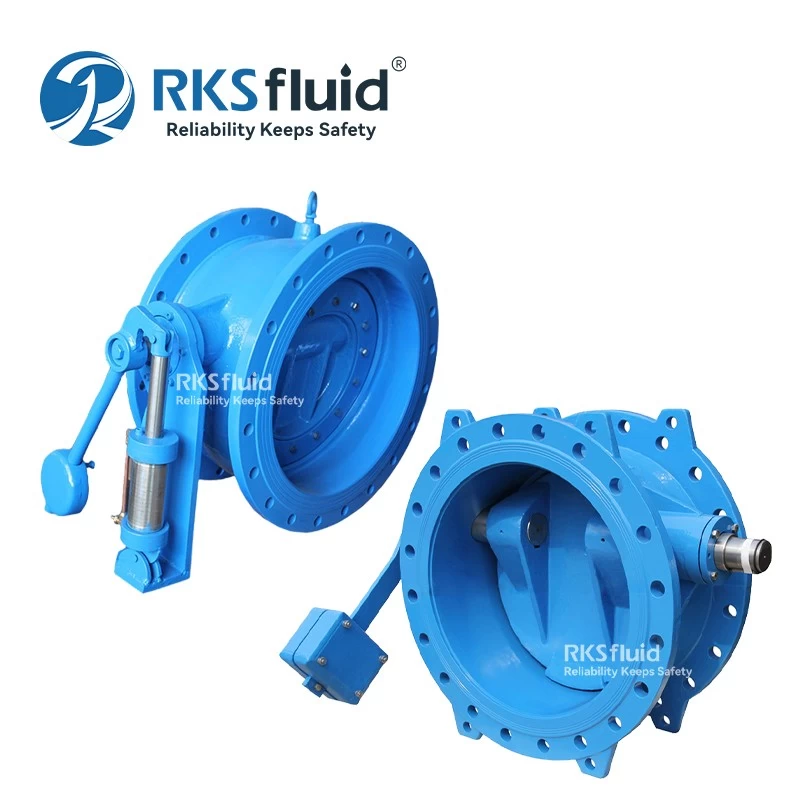- Main Product
- Contact Us
-
RKSfluid Flow Control Company
Web: www.rksfluid.com
Tel: +86 24 2318 0188
Fax: +86 24 2318 0788
Mail: info@rksfluid.com Contact Now
- Subscribe
-
Get email updates on new products
News
Actuators (1)

Actuators play an important role in the automation of modern production processes. It is often referred to as the hand and foot of the production process control, because it accepts the control signal of the regulator in the automatic control system, and automatically changes the adjustment variable to achieve the adjusted parameters (such as temperature, pressure, flow, liquid level, etc. The purpose of the adjustment is to make the production process work normally as scheduled.
Actuator function:
-- Control the switch of the valve to ensure the stroke required for the valve to work properly.
-- provide the closing force required when the valve is closed.
-- Have a certain switching speed to ensure the use requirements.
-- Used in conjunction with related accessories to meet the ideal position of the valve in the event of an unexpected failure.
Sort from application:
Linear Actuator:
The control of the straight stroke regulating valve (the diameter is generally 15~150mm). Output thrust: 0.5~25KN, stroke (10~100mm), stroke speed (0.2~2.5mm/s).
Quaret-turn Actuator:
Control of 90° angle valves (such as butterfly valves, ball valves) and damper flaps. Output torque: 50~2000Nm (common torque: 100Nm, 250Nm, 700Nm, 1600Nm, 2500Nm, 6500Nm) stroke 90°, 120°, stroke speed (5~150S).
Multi-turn Actuator:
The control of multi-turn valves (such as gate valves) is also the basis for straight-stroke, quarter-turn actuators. Output torque: 30~2000Nm, stroke (0.25~50s), stroke speed (1~120r/min).
Pneumatic actuator:

The pneumatic actuator accepts the air pressure signal from the pneumatic controller or the valve positioner and converts it into a corresponding linear displacement of the push rod to push the regulator valve.
According to the structure, it can be divided into: starting film actuator and cylinder actuator.
Classification of pneumatic actuators:
For different intake directions can be divided into:
Air open type (intake open valve, lost gas spring reset closed valve);
When is off (the intake closes the valve and causes its spring to return to open the valve).
The main components and functions of the electric actuator:
Pressure reducing valve: reduce the pressure of the control air source to suit the working pressure of the actuator.
Filter: Filters out water and other impurities in the compressed air to ensure clean air into the gas/gas converter, positioner and actuator. Many products are integrated design of pressure reducing valve and filter.
Electric/gas converter: converts the 4-20 mA current signal of the control system into a 3-15 psi (0.2-1 kg/cm) air pressure control signal.
Positioner: It is the core component of the valve position control, which precisely controls the valve position of the regulating valve.
The main components and functions of the pneumatic actuator:
Position transmitter: through the displacement of the connecting rod and the valve stem to generate the angular movement, converted into 4~20mA electrical signal, linearly reacting the opening of the valve.
Travel switch: usually installed in the fully open and fully closed position of the valve to send a full or full closed signal to the control system.
In order to achieve some special control functions, some actuators are equipped with other control components, such as a solenoid valve that realizes the interlock function, a gas locker that realizes the retaining function, and a gas amplifier that accelerates the speed of operation. Time storage tanks and so on.











